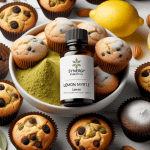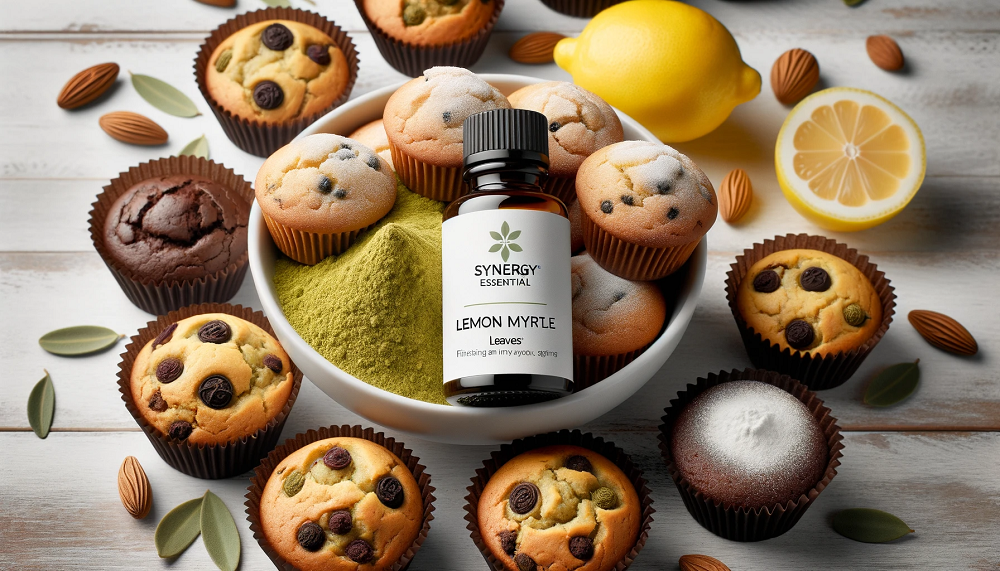- Australian herbs have centuries-old ties to Indigenous cultural and spiritual life.
- They are used in traditional healing to restore physical, emotional, and spiritual balance.
- Recent interest in Indigenous-led herb projects is boosting community empowerment in 2025.
- Respectful sourcing ensures sustainability and cultural integrity.
What It Is and Why It Matters Now
Australian herbs, such as lemon myrtle, bush mint and wattle seed, are deeply rooted in Indigenous practices across various language groups and regions. More than just plants, they are an integral part of holistic health rituals, ceremonies, and storytelling traditions. Their use embodies a connection between people, land, and spirit, representing a worldview where health is more than the absence of illness.
In 2025, these herbs are at the centre of conversations about ethical sourcing and cultural preservation, sparked by Indigenous-led initiatives and global interest in traditional knowledge. According to the Australian Government, respect for Indigenous intellectual property is key to collaborative projects. Research from the CSIRO highlights the importance of preserving biodiversity alongside cultural heritage.
Benefits and Evidence
Contemporary studies point to various properties of Australian herbs, such as antioxidant potential in lemon myrtle and antimicrobial qualities in tea tree leaves. These findings align with long-held Indigenous knowledge, though researchers caution that laboratory results don’t always translate directly to human health outcomes. Safety considerations include avoiding overuse, confirming plant identity to prevent ingestion of harmful species, and understanding possible allergies.
The benefits are often context-specific: herbs may be used in infusions for relaxation, aromatic smudging for ceremonial cleansing, or blended in foods for flavour and tradition. Evidence supports their roles in food preservation and sensory wellbeing, but they should be used with respect for cultural guidelines and biodiversity laws.
How to Use
Australian herbs can be incorporated into daily life through simple methods that honour their origins:
- Cooking: Add dried wattle seed to breads or desserts for a nutty flavour.
- Aromatherapy: Use lemon myrtle leaves in steaming bowls for a refreshing scent.
- Tea: Brew bush mint leaves for a calming drink.
| Form | Common Use |
|---|---|
| Dried leaves | Infusions, cooking, aromatherapy blends |
| Powdered seed | Breads, desserts, seasoning mixes |
| Essential oils | Topical scent, ceremonial cleansing (with caution) |
Quality and Sourcing
Quality herbs should be sourced from trusted suppliers who respect Indigenous intellectual property rights and follow sustainable harvesting practices. This includes documented provenance, organic or wild-harvest standards, and fair trade arrangements with Indigenous communities.
At Synergy Essential, we prioritise working with Indigenous growers and knowledge holders to ensure authenticity and sustainability. Our approach involves transparent sourcing, collaborative development, and ongoing cultural consultation.
FAQs
Are Australian herbs the same as common culinary herbs?
No. Many are unique to Australia and have different flavours, uses, and cultural contexts.
Can I grow Australian herbs at home?
Yes, provided your local climate suits their needs and you source seeds or plants ethically.
Are these herbs safe for everyone?
Not necessarily—some may cause allergic reactions or interact with conditions. Always check with a qualified professional.
Do they have proven medicinal effects?
Some properties are supported by lab research, but traditional uses are mainly cultural, not medicinal claims.
Where can I learn more about Indigenous herb practices?
Seek information from Indigenous organisations, cultural centres, and reputable publications.
Disclaimer
This content is for general cultural and educational purposes only and is not medical advice. Always consult a qualified health professional before making changes to your diet or wellness routine. Respect traditional protocols when engaging with Indigenous cultural knowledge.
Conclusion
Australian herbs represent a living link between culture, land, and wellbeing. As 2025 brings renewed focus on Indigenous-led stewardship, their significance extends beyond taste and scent into realms of heritage and sustainability. By choosing ethically sourced herbs and learning from traditional custodians, we can ensure these practices thrive for future generations.
Discover more stories and insights by visiting Synergy Essential’s blog.

